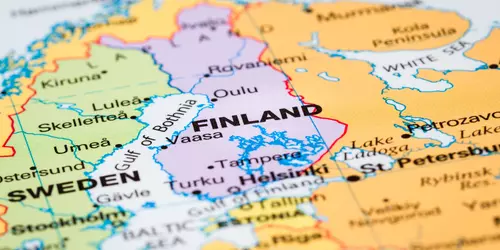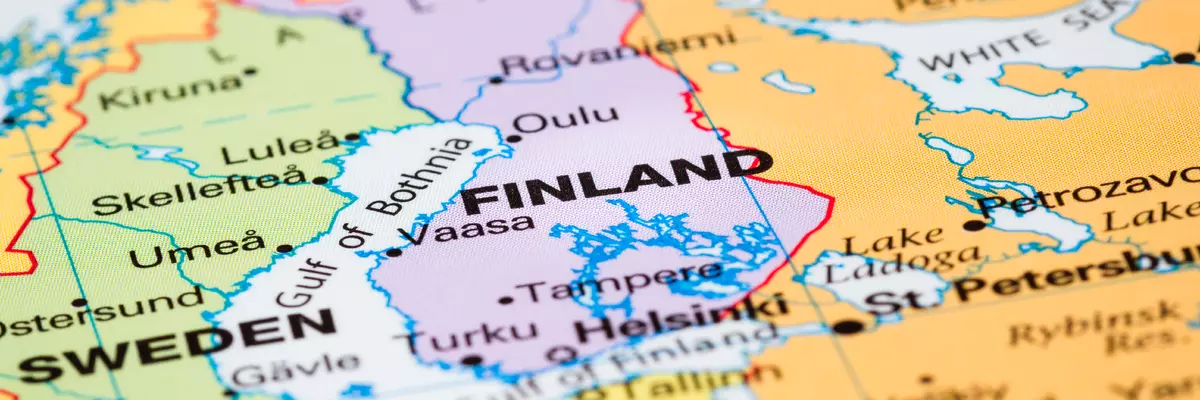
The climate year of Finland
Although the average annual temperature in Finland is only very slightly above freezing point, the geographical location results in drastic differences within the country. The entire southern coast towards the Baltic Sea is characterized by a humid continental climate, warm summers, tolerable winters and precipitation levels above the national average. Most of Finland, however, is under the influence of cold, subarctic climate. Here, only a rather narrow coastal strip has precipitation amounts comparable to those of the south coast; inland, it is much drier. Also, the average temperatures decrease more and more towards the north and inland, even though the sunshine duration increases more and more towards the Arctic Circle in summer. The northernmost third of Finland lies above the Arctic Circle, which means that on days around midsummer the sun does not set there at all. A very small part in the northwest, in the tri-border area with Sweden and Norway, has a tundra climate. Everywhere, however, the sequence of seasons is clearly recognizable.
General information about Finland
If you are looking for vastness and solitude, you will feel at home in Lapland in the north of Finland. Here you can experience the midnight sun in summer and the aurora borealis in winter. However, there are hardly any people - Lapland is the most sparsely populated area in Europe, and can therefore offer magnificent, untouched nature. This is preserved with great care: Finland has a total of 40 national parks. In the Urho Kekkonen National Park in the far north, for example, lonely hikes are possible through a breathtaking landscape in which birch groves dominate the landscape and the higher altitudes are covered only with lichen. In addition, the Finns believe that this is the home of Santa Claus. In Kolovesi National Park in the southeast it becomes clear why Finland is called the land of a thousand lakes: Almost the entire park consists of lakes and islands. If you go there - sensibly in summer, when the lakes are ice-free and hardy people can even go swimming - you can discover freshwater seals and Stone Age rock carvings, among other things. But Finland is also worth a trip for those interested in culture. Helsinki not only offers a rich treasure trove of architecture and history - the 19th century in particular shapes this image - but also modern, urban life and a large, productive and young cultural scene, and last but not least, with the Suomenlinna Fortress built on offshore islands in the 18th century, genuine world cultural heritage.
Tourism Finland
The coldest months in Finland are everywhere January and February, which belong at the same time also to the precipitation, in this case snow-richest. However, as in the whole year, the differences between the south and the north are enormous. The permafrost of the winter ends in the south around the middle of March, in the north partly clearly later. At the same time, precipitation decreases everywhere in spring, only to increase dramatically in summer, in some cases to winter levels, and in the north well above them. Midsummer between mid-June and early July is pleasant throughout Finland, with temperatures similar to temperate latitudes. However, this phase is over by mid-August and autumn arrives from the north, with a decrease in precipitation, but also a significant drop in temperature and sunshine.

